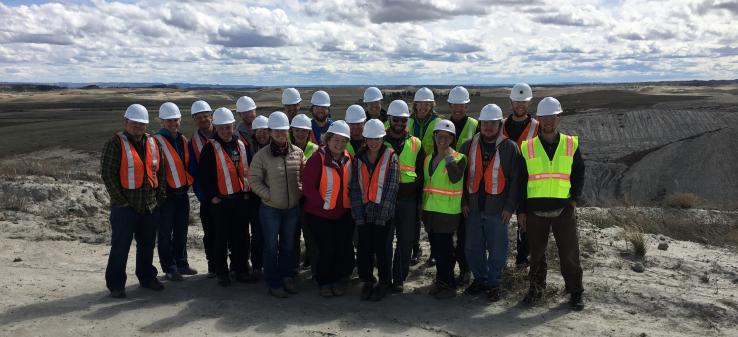The Powder River Basin is a geological region in southeast Montana and northeast Wyoming that includes the Powder River, Tongue River, and Rosebud Creek and is one of the world’s largest deposits of low-sulfur coal. The area provides more than 40% of the nation’s coal and is a major economic engine in Montana. The Powder RiverBasin is broadly representative of landscapes influenced by energy extraction associated with open-air coal mining. Open pit mining development in the Powder River Basinoverlays extensive rangeland that needs high quality water to be productive.
Aquifer disruption and spoil heap processing from coal mining can create groundwater conditions that are of concern to both the mining and agricultural communities. An important area for interdisciplinary research that can benefit the state is the interaction between mining and reclamation activities and sulfate concentrations in both surface- and groundwater.
The Powder River Basin research will ramp up over the five-year project period. The CREWS research team will focus on understanding the impacts of coal mining on ground and surface water exchange and surface water quality. The goal of this project is to understand the formation, transport, and transformation of sulfate compounds mobilized in coal-spoils aquifers.
PRB Team:
- PRB Lead: Rob Walker (MSU)
- John Doyle (LBHC)
- Stephanie Ewing (MSU)
- Mari Eggers (MSU)
- Julia Haggerty (MSU)
- Liddi Meredith (MTech)
- Rob Payn (MSU)
- Katherine Zodrow (MTech)
